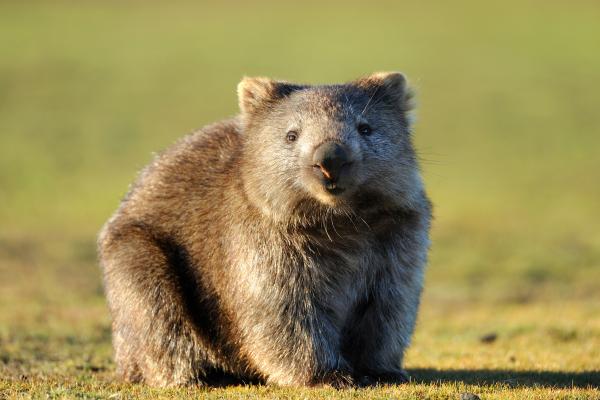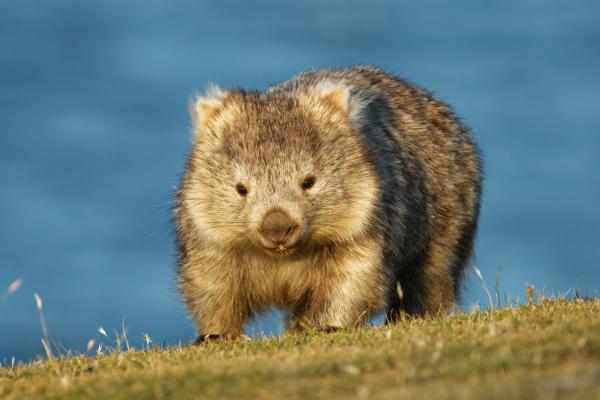The wombat is a four-legged marsupial native to southeastern Australia and Flinders Island. One of its most notable traits is its cube-shaped feces. Wombats also sleep for up to 16 hours a day. In this article, we’ll explore what wombats are, their habitat, diet, reproduction, droppings, and more curious facts.

A wombat is a quadrupedal marsupial belonging to the family Vombatidae. Key characteristics include:
Taxonomy: Kingdom Animalia, Phylum Chordata, Class Mammalia, Order Diprotodontia, Family Vombatidae.
Short, stocky legs and brown fur.
Strong claws and rodent-like incisors for digging complex burrow systems.
Backward-facing pouch to prevent soil from entering during digging.
Mostly nocturnal or crepuscular, though they may forage in cold or cloudy daylight.
Incisors without roots that continuously grow, requiring gnawing on tough vegetation.
All three species reach about 1 meter in length and weigh between 20–35 kg.

Common Wombat (Vombatus ursinus): Found in southeastern Australia and Tasmania; up to 1.3 m long and 36 kg, coarse fur, short ears, smooth nose.
Southern Hairy-nosed Wombat (Lasiorhinus latifrons): Found in dry areas of South Australia; 24–32 kg, up to 90 cm, silky grayish coat.
Northern Hairy-nosed Wombat (Lasiorhinus krefftii): Critically endangered; found only in a protected area in Queensland, largest of the three species (up to 40 kg).
Wombats dig extensive burrows up to 30 meters long, offering temperature regulation and protection from predators. They inhabit regions like southeastern Australia and Flinders Island. Northern hairy-nosed wombats survive only in Epping Forest National Park.
Wombats are herbivores that feed on native grasses, tree bark, and roots. They graze for about 5 hours at night and derive most of their water from plants. Their strong jaws and ever-growing incisors require regular gnawing on hard materials.

Wombat feces are cube-shaped, dry, and firm. This unique shape prevents rolling, allowing droppings to stack and effectively mark territory. Interestingly, 25 fly species are known to be attracted to wombat feces, drawing scientific interest.
Common wombats give birth every two years. After a 20–30 day gestation, a jellybean-sized joey enters the pouch for around five months. It leaves the pouch entirely around 9–10 months old. Females can reproduce from age 2, typically between September and December.

Historically seen as pests, wombats were hunted for bounties. Today, the northern hairy-nosed wombat (Lasiorhinus krefftii) is critically endangered, with only ~115 individuals remaining. Threats include habitat loss from land clearing, livestock competition, predators (foxes, dogs), and extreme weather. Conservation efforts focus on protected areas like Epping Forest National Park.
Can run up to 40 km/h despite stocky build.
Fur color ranges from gray to brown or black.
Live up to 15 years in the wild, over 30 in captivity.
Create burrows up to 30 meters long.
Forage up to 3 km per night and sleep up to 16 hours daily.
Limited eyesight but excellent sense of smell.
Can crush predators against burrow ceilings using their hardened rear end.
If you're fascinated by wombats, you may also enjoy learning about endangered animals in Australia.
animal tags: wombat
We created this article in conjunction with AI technology, then made sure it was fact-checked and edited by a Animals Top editor.